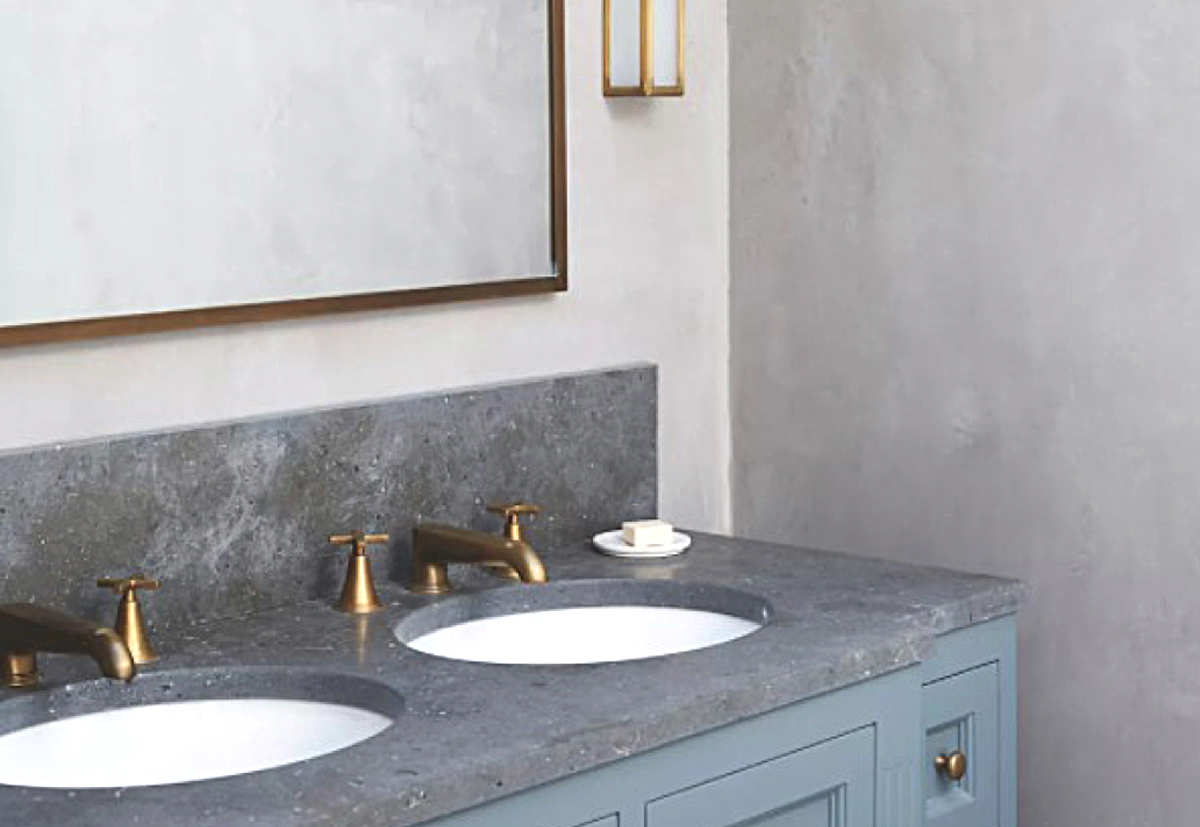
Ekkist Guest Blog Post
Mould and mycotoxins: One of the most powerful environmental factors to affect our health.
Ekkist is a building design consultancy specialising in healthy buildings and advisors in the WELL Building Standard. They have long been valuable advocates for Clayworks Clay Plasters. This blog was written by Jade Leighton, Health and Well-being Consultant at Ekkist and is an adaption from a piece originally published by Ekkist in March 2021.
Mould is a common problem in buildings, and as such, mould toxicity is an illness with high prevalence in society that often gets overlooked but wreaks havoc on the body. Mould toxicity is caused by mycotoxins, which are toxic metabolites produced by certain types of mould (Hussein and Brasel, 2001). Exposure to mycotoxins can occur from inhalation, ingestion and skin contact (EPA, 2021). Exposure to high levels or prolonged exposure, can lead to a range of inflammatory symptoms, Chronic Fatigue Syndrome, respiratory issues, neurological problems, certain forms of cancer and even death (Bennett and Klich, 2003)(CDC, 2020).
Mould can grow on most substances when moisture and a food source is present. [Clayworks note: mould can also grow on clay if the building conditions are adverse. Clay will help to prevent those adverse conditions occurring, but cannot, alone, prevent them]. Most of the literature about mycotoxins is based on those that grow on food sources – as approximately 25% of the world’s agricultural products are contaminated with mycotoxins (Omotayo et al. 2018) – but most traditional building materials are also capable of sustaining mould growth (CDC, 2020). Common cellulose-based materials, such as plywood, drywall, finish carpentry, cabinetry, wood framing, composite wood flooring, carpet, upholstery and dust provide a substrate for mould. Indoor growth and high mycotoxin levels are most commonly related to humid conditions, poorly ventilated bathrooms, flooding, leaky roofs, rising damp, and building maintenance problems (CDC, 2020).
When it comes to temperature, different types of moulds thrive under different conditions. Growth generally occurs where the relative humidity is greater than 65% and the temperature is in the range 0 to 50°C. Most rapid growth occurs with rh greater than 95% and temperature 20 to 35°C and the atmosphere is stagnant (Molland, 2008). Extreme temperatures will not kill mould, but they can deactivate it, making it dormant until the temperature rises when the mould will begin to multiply and grow again.
If you are experiencing a mould problem (and please note, it may not be visible), remediation needs to be carefully considered, as attempting to remove mould with biocide products will lead to a surge in mycotoxin levels which can lead to a significant impact on health (EPA, 2021). Instead, specialist remediation strategies are required to ensure the safe removal of mould and these will be site-specific depending on the substrate and environment. The toxicity of mould should not be underestimated.
When designing or renovating a building it is important to consider adequate ventilation and humidity control to prevent mould growth. Alongside this, certain materials can be used for their antifungal benefits. Clay plaster is one of these materials that has demonstrated antifungal properties in several studies. Clay plaster is also hygroscopic which means that it has the ability to absorb and de-absorb moisture from the air in what’s known as a ‘moisture buffering’ process (McGregor et al. 2016). This incredible property enables clay plaster to passively control the humidity of the indoor environment. There is considerable evidence to show that relative humidity should be maintained between 40% and 60% to minimise concentrations of both organic and inorganic pathogens that are associated with health conditions such as allergies and infections (Cascione et al. 2018). Humidity for limiting mould growth should be between 30% and 50%(CDC, 2020). As such, the ability for clay plaster to manage relative humidity in your building means that, alongside its ability to prohibit the growth of mould, it can also keep conditions optimal for human health (McGregor et al. 2016).
Jade specialises in advising on the operational and ongoing-management aspects of the built environment. She is trained in functional medicine as a Registered Nutritional Therapist and Lifestyle Medicine Practitioner.

